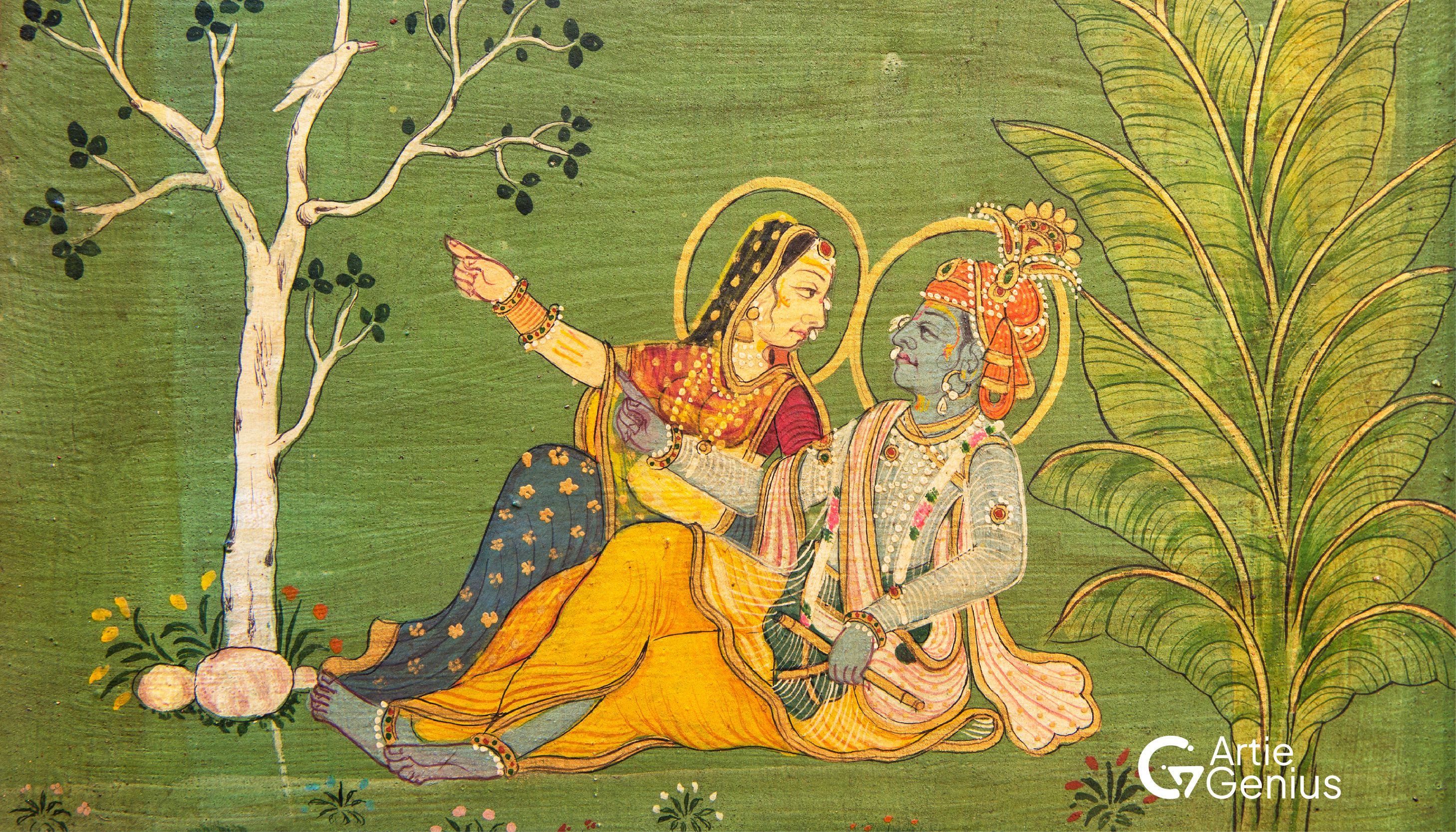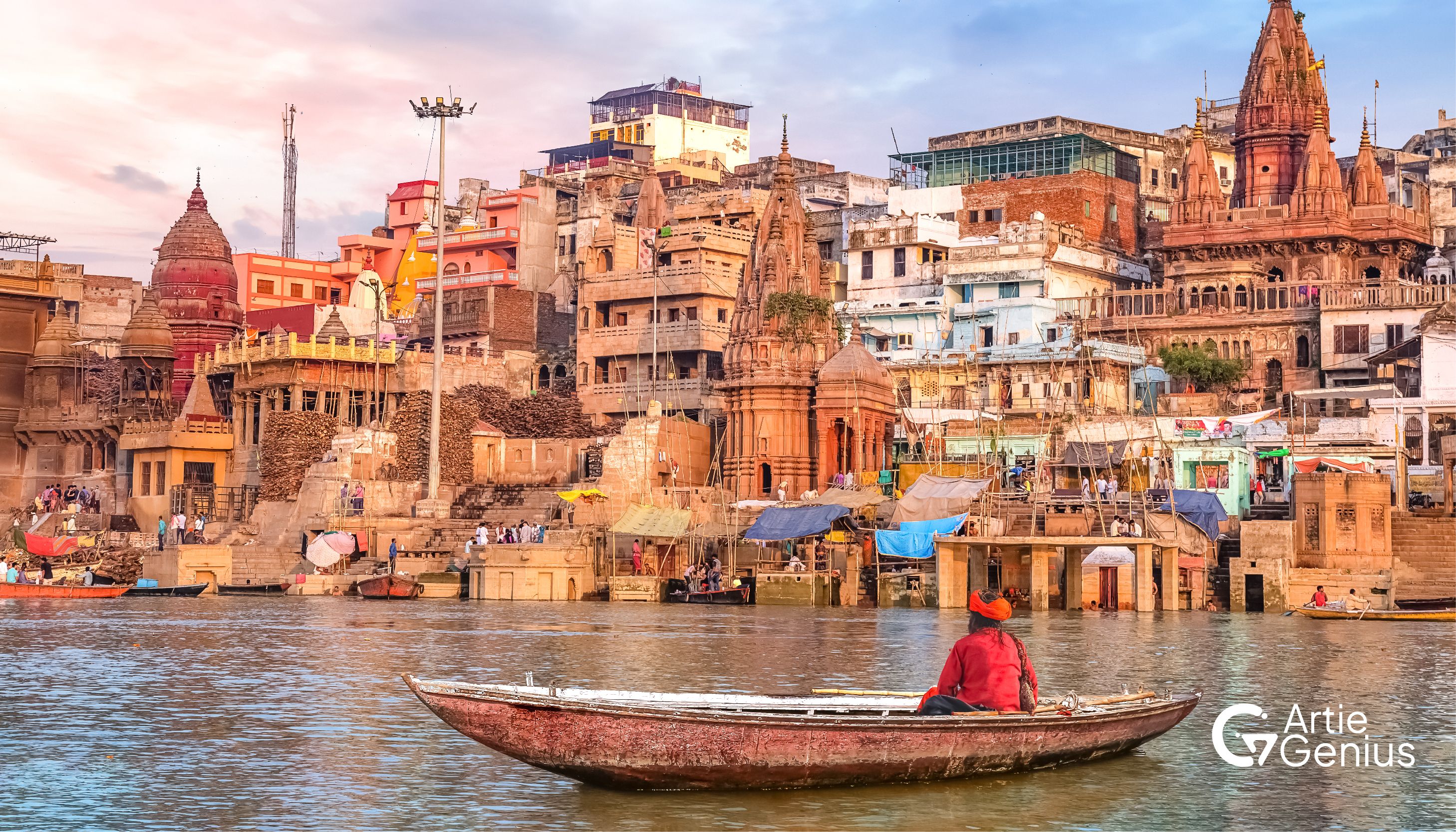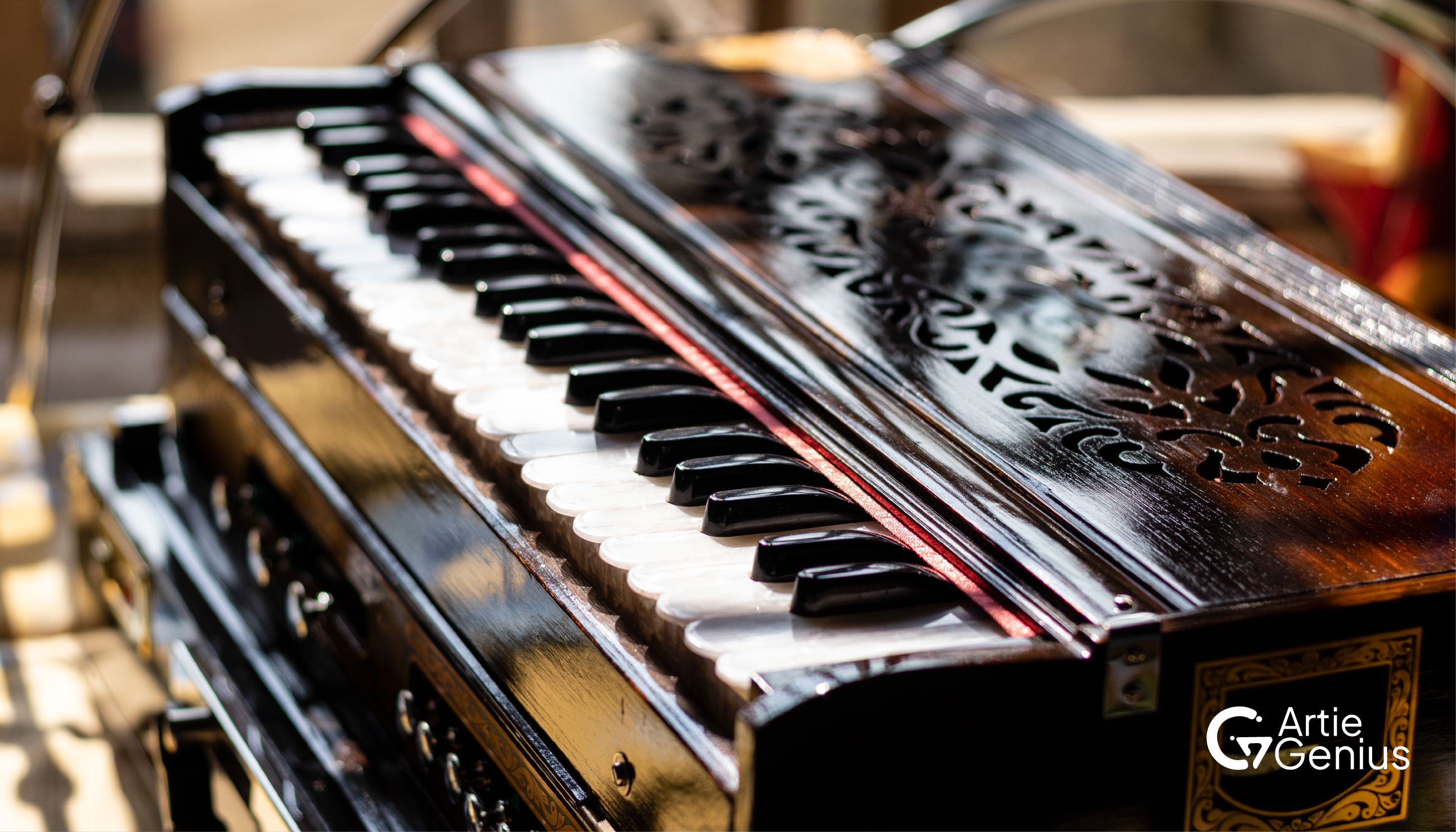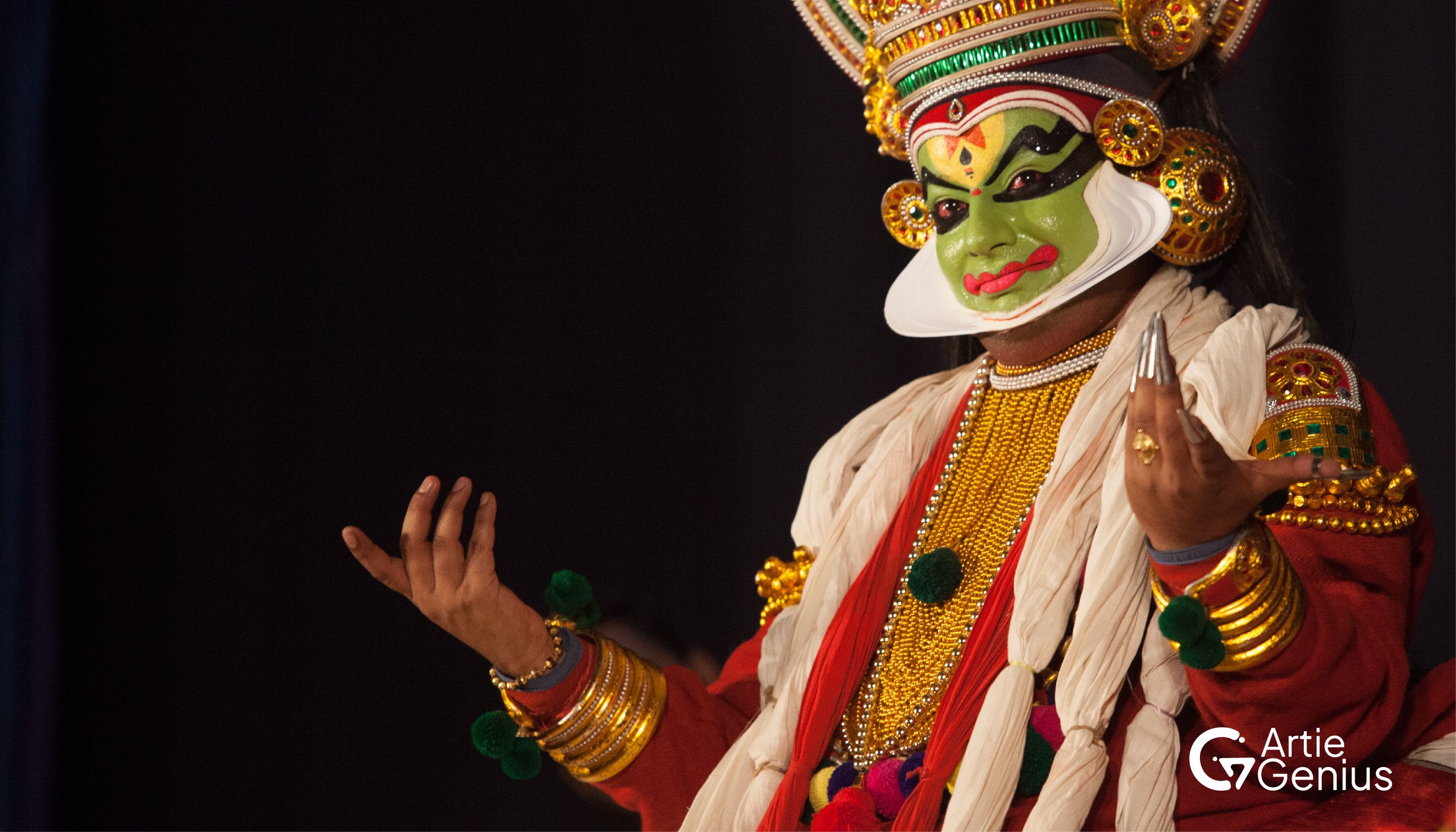Indian painting styles are a reflection of India's rich cultural heritage and artistic legacy, showcasing the country's deep-rooted traditions and diverse cultural influences.
Each style, whether it be the intricate patterns of Madhubani or the bold lines of Warli, tells a story of its own, reflecting the unique history and beliefs of the region from which it originates. The history of Indian painting styles dates back centuries, with evidence of cave paintings dating back to prehistoric times.
These ancient paintings provide insights into the lives and cultures of early Indian civilizations, showcasing their artistic skills and storytelling abilities. As civilization progressed, so did the art of painting in India, with each region developing its own distinct style.
One of the most intriguing aspects of Indian painting styles is their connection to spirituality. Many paintings depict scenes from Hindu mythology, showcasing gods, goddesses, and epic tales that hold deep religious significance for millions of Indians.
These paintings are not just works of art but also serve as a means of spiritual expression, conveying complex philosophical ideas and moral lessons.
Furthermore, Indian painting styles are deeply rooted in nature, with many artists drawing inspiration from the flora, fauna, and landscapes of their surroundings.
This close connection to nature is evident in the vibrant colors and organic motifs that characterize many Indian paintings, reflecting the country's rich biodiversity and natural beauty.
Overall, Indian painting styles are a reflection of the country's cultural richness and artistic prowess, showcasing the creativity and ingenuity of Indian artists throughout history.
In this article, we will delve deeper into 3 authentic Indian painting styles that originate from North India.
Madhubani Paintings
Madhubani paintings, also known as Mithila art, are a traditional art form originating from the Mithila region of Bihar, India. These paintings are characterized by their intricate patterns, vibrant colors, and mythological themes, making them a unique and beautiful representation of Indian culture and heritage.
The origins of Madhubani paintings can be traced back to the ancient times when women in the region would decorate the walls of their homes with these intricate designs on auspicious occasions such as weddings and festivals. Over time, Madhubani paintings evolved into a highly respected art form, with artists using natural dyes and pigments to create stunning works of art on paper and cloth.
One of the most fascinating aspects of Madhubani paintings is their connection to folklore and mythology. Many paintings depict scenes from Hindu spirituality and religion, such as the Ramayana and Mahabharata, as well as local folklore and stories. These paintings not only serve as a form of artistic expression but also as a means of preserving and passing on traditional stories and cultural heritage to future generations.
Madhubani paintings are also deeply rooted in the daily lives and rituals of the people of Mithila. Many paintings depict scenes from rural life, such as farming, animal husbandry, and festivals, capturing the essence of daily life in the region. This connection to everyday life gives Madhubani paintings a sense of authenticity and relatability, making them a cherished art form in India and beyond.
Phad Paintings
Phad paintings are a traditional style of folk art from Rajasthan, India, known for their vibrant colors, bold lines, and intricate details. These paintings are created on a long piece of cloth called "phad," which is used as a backdrop for storytelling performances, particularly of the epic tales of Pabuji and Devnarayan. The origins of Phad paintings can be traced back to the 12th century, when they were created by the Joshi families of Shahpura in Bhilwara district. These families were traditionally the keepers of the Pabuji ki Phad, a 10-by-5-foot cloth painting that depicts the life and heroic deeds of the folk hero Pabuji. One of the most unique aspects of Phad paintings is their narrative style. The paintings are divided into sections, each depicting a different episode from the story being narrated. The central figures are often larger than life, with bold, exaggerated features that add to the dramatic effect of the painting. Phad paintings are created using natural colors derived from plants, minerals, and vegetables, giving them their distinctive earthy tones. The process of creating a Phad painting is labor-intensive and time-consuming, with each painting taking several weeks to complete. In addition to their aesthetic appeal, Phad paintings also serve a cultural and religious purpose. They are used as a form of storytelling, particularly during the Phad performances, where the painted cloth is unfurled and narrated along with songs and music.
Pichwai Paintings
Pichwai paintings are a traditional form of art that originated in the town of Nathdwara near Udaipur, Rajasthan. These paintings are intricately detailed and are known for their vibrant colors and depiction of Lord Krishna, particularly in his deity form known as Shrinathji.
The word "Pichwai" translates to "at the back" in Hindi, referring to the large cloth paintings that are hung behind the idol of Shrinathji in temples. These paintings serve as a backdrop for the deity and are changed daily to reflect the various seasons, festivals, and moods associated with Lord Krishna.
Pichwai paintings are typically created on cloth using natural dyes and feature themes from the life of Lord Krishna, such as his childhood antics, his dalliances with the gopis (cowherd girls), and his divine exploits. The paintings are characterized by their intricate detailing, with fine brushwork and elaborate motifs that add depth and dimension to the compositions.
One of the most fascinating aspects of Pichwai paintings is their religious significance. These paintings are not just works of art but are considered sacred and are used in the worship of Lord Krishna. They are created with great devotion and are believed to bring blessings and prosperity to the devotees who view them.
Conclusion Indian painting styles serve as a vibrant tapestry of the country's cultural heritage and artistic traditions, each thread intricately woven with stories, beliefs, and artistic expressions. These styles, ranging from the intricate patterns of Madhubani to the bold lines of Warli, offer not just a visual treat but also a profound insight into the diverse cultural landscape of India.
Through the exploration of these authentic Indian painting styles, one can embark on a journey through time, unraveling the rich tapestry of stories, traditions, and beliefs that have shaped Indian culture for centuries. These paintings are not just mere artworks but living embodiments of the artistic genius and cultural depth of Indian civilization.
By delving into the nuances of Indian painting styles, we can gain a deeper appreciation for the creativity, craftsmanship, and cultural significance that define these art forms. They serve as a reminder of the rich artistic heritage that continues to inspire and influence artists and art lovers around the world. As we celebrate and preserve these painting styles, we contribute to the preservation and promotion of India's rich cultural heritage for future generations to cherish and admire.



